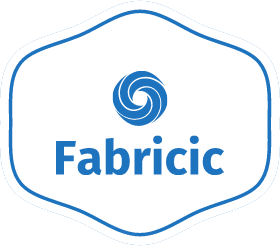Tempera paint, known for its rich history in art, has captured the imagination of artists for centuries. Its unique characteristics, however, have traditionally limited its use on canvas. In this article, we explore the intriguing possibility of adding a spray technique to your tempera painting, expanding the horizons of this ancient medium.
Understanding Tempera Paint
Composition and Characteristics
Tempera paint consists of pigment, binder, and water. The binder, often egg yolk, gives it a distinctive texture and luminosity. It is renowned for its fast drying time.
Traditional Use in Art
Tempera has deep roots in art history, notably in Byzantine and Renaissance paintings. It was favored for its vivid colors and durability but was primarily used on wood panels.
Read More:
The Best Way to Mix Tempera Paint for Fabric
Do professional artists use tempera paint?
Assessing the Suitability of Regular Spray Paint
Challenges with Tempera Paint on Canvas
Adhesion Issues
Tempera doesn’t naturally adhere well to canvas fibers, making it prone to flaking and detachment.
Limited Flexibility
Canvas, being a flexible surface, can pose challenges for tempera’s rigid paint film.
Vulnerability to Cracking
The brittleness of tempera can lead to cracking, especially on flexible surfaces like canvas.
Introducing Spraying Techniques
Benefits of Spraying
Spraying tempera on canvas can address adhesion issues and offer greater control over texture and layering.
Types of Sprayers
Explore the various sprayer options, from airbrushes to spray guns, each offering distinct advantages for tempera application.
Preparing the Canvas
Surface Priming
Properly prime the canvas surface with gesso or an appropriate primer to enhance adhesion.
Proper Drying Time
Ensure the canvas is completely dry before applying tempera to prevent issues like paint lifting or bleeding.
Spraying Tempera Paint on Canvas
Thin Layer Application
Apply tempera in thin layers to prevent excessive buildup and cracking.
Spray Distance and Angles
Master the art of spray distance and angles for controlled and even application.
Layering and Blending
Learn techniques for layering and blending to achieve your desired effects, from smooth gradients to impasto textures.
Achieving Desired Effects
Texture and Transparency
Explore how spraying techniques can enhance texture and transparency in your tempera painting.
Creating Fine Details
Discover how sprayers can help you achieve intricate details and fine lines.
Safety Measures
Ventilation and Respiratory Protection
Ensure adequate ventilation and consider respiratory protection, such as a mask, when working with sprayers.
Skin and Eye Protection
Protect your skin and eyes from potential contact with paint or solvents during spraying.
Post-Spraying Considerations
Drying and Curing
Allow your tempera painting to dry and cure properly, which may take several weeks, before varnishing or framing.
Varnishing and Preservation
Consider varnishing your tempera painting to protect it from environmental factors and enhance its longevity.
Conclusion
Incorporating a spray technique into your tempera painting on canvas is a creative journey that embraces tradition while exploring new possibilities.
By understanding the unique challenges and benefits, preparing your canvas diligently, and mastering spraying techniques, you can unlock a world of texture, transparency, and fine detail in your tempera masterpieces.
While precautions and post-spraying care are essential, this innovative approach allows you to breathe new life into this time-honored medium, expanding the horizons of tempera painting.
